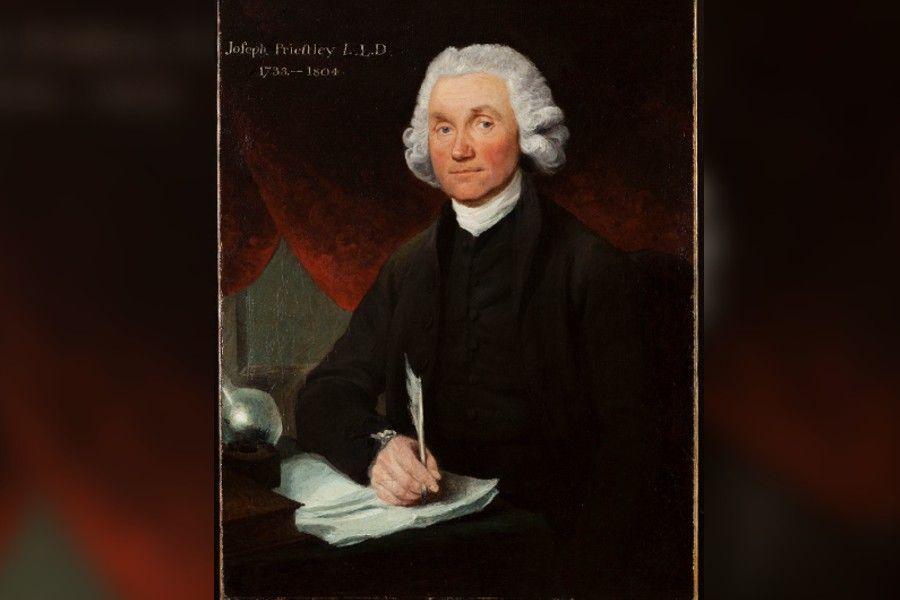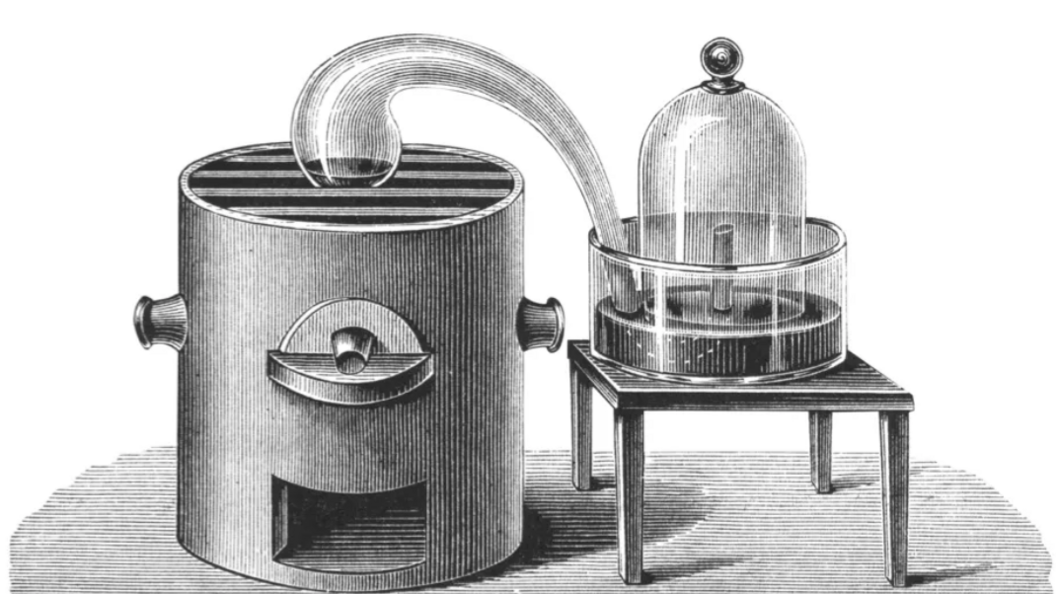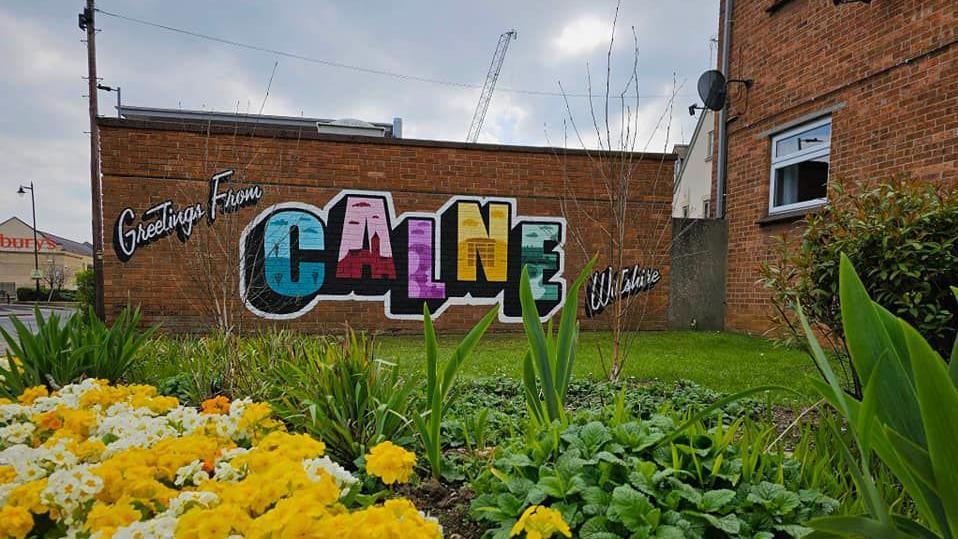Mural to mark 250th anniversary of oxygen discovery

Joseph Priestley discovered oxygen while working in Calne 250 years ago
- Published
The scientist who discovered oxygen 250 years ago will be honoured with a mural to mark the anniversary.
Joseph Priestley made the breakthrough while working as a librarian at Bowood House in Calne, Wiltshire, on 1 August 1774.
The artwork will be created in the town by local artist Oli Knowles, who hopes to start it in June and have it finished by the anniversary in August.
"It will be an everlasting remembrance," said Cath Crofts, a volunteer with Calne Clean Up Crew, which is the charity behind the planned artwork.

For his experiment, Priestley focused sunlight on a sample of mercuric oxide in an inverted glass container, placed in a pool of mercury
Joseph Priestley, born 13 March 1733, is considered to be one of the founders of modern chemistry because of his contributions to experimental science.
In 1773, the Earl of Shelburne asked Priestley to serve as an intellectual companion, tutor for his offspring, and librarian for his estate, Bowood House, where he carried out scientific experiments.
Using a "burning lens," Priestley focused sunlight on a sample of mercuric oxide in an inverted glass container, placed in a pool of mercury.
He found the gas emitted was "five or six times as good as common air".
Priestley named the isolated, highly reactive gas 'dephlogisticated air', which was later renamed oxygen by French chemist, Antoine Lavoisier.
He is also credited with the discovery of several other gases.

The planned mural will be painted by artist, Oli Knowles, who painted the Calne welcome sign
Calne Clean Up Crew said the mural will follow a scientific theme and include the implements used in Priestley's famous experiment.
"This will be our fifth mural in Calne, as a way of brightening up the town as well as keeping it clean," said Ms Crofts.
"When we've been painting the murals we've had really good responses from people.
"It really does brighten up the area and something with a theme gets people to question what it's about, which leads them on to further discovery," she added.
